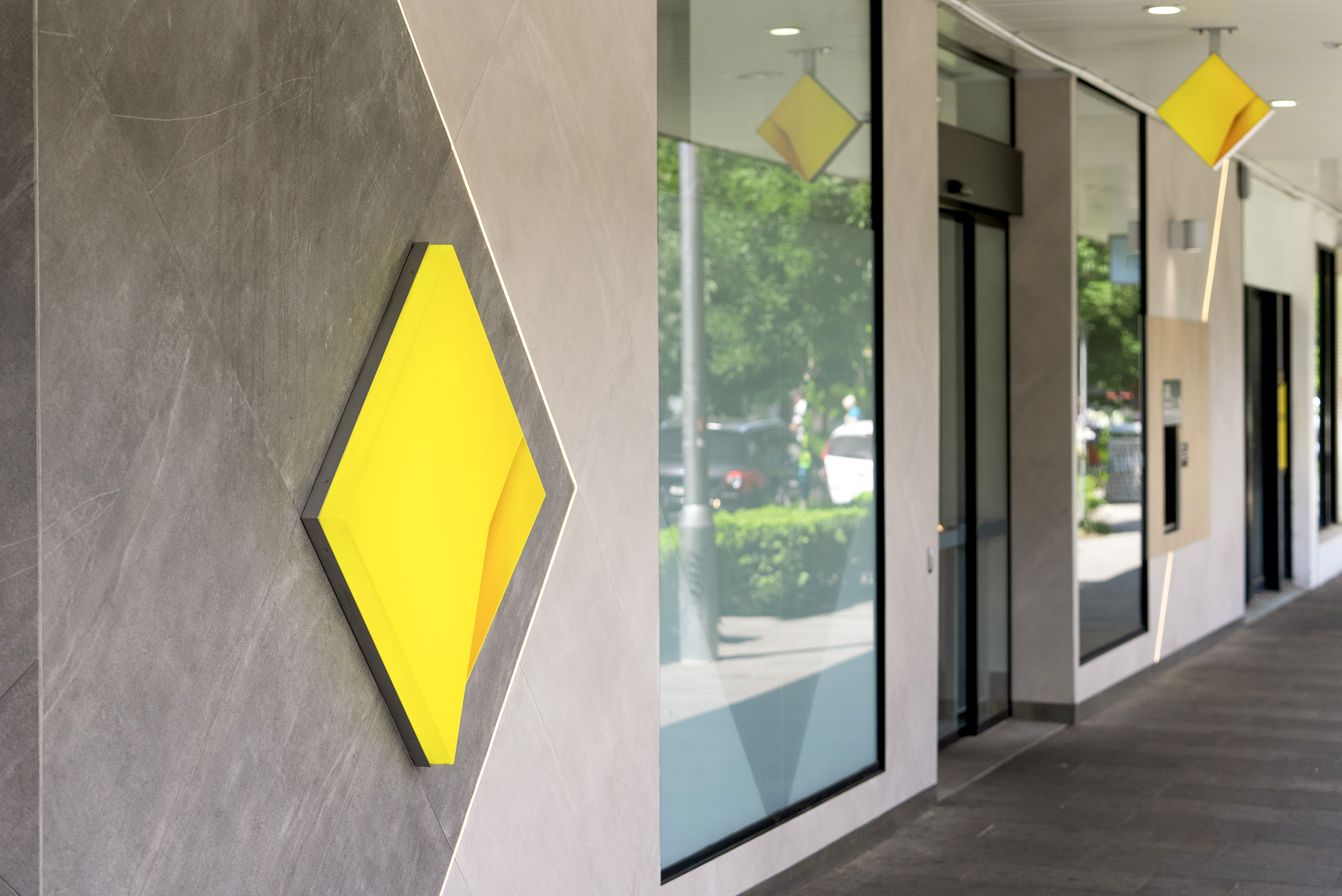A surge in international airline capacity has meant a busy year for Civil Aviation Safety Authority (CASA) inspectors charged with ensuring aircraft and crew maintain the high safety standards expected by Aussies heading overseas this summer.
CASA inspectors have seen foreign aircraft numbers return to pre-pandemic levels and this year conducted 167 random inspections — up from about 120 last year — aimed at ensuring foreign registered aircraft and crew meet international and Australian safety requirements.
There are now at least 64 carriers servicing routes to and from Australia as overseas traffic continues to grow, with the latest figures showing short-term overseas departures by Australians were 39% higher in October 2023 than the same time last year.
The detailed CASA inspections involved 28 aircraft types from 31 countries and 10 new international operators.
‘One thing we’re noticing is that the larger carriers are introducing new aircraft types as they look to maximise efficiency while a number of new start-up operators are looking to capitalise on a big pool of existing aircraft that have come on the market,’ said CASA International Operations Manager Grant Hamilton.
Ramp checks are an essential part of the global aviation safety system and a reason Australian travellers can be confident the international aircraft servicing this country are operating safely, according to Mr Hamilton.
‘The inspections are part of a global system involving 51 countries and coordinated by the European Union Aviation Safety Agency (EASA),’ he said.
‘In a normal year, some 14,000 plus inspections are conducted globally in this program using a standardised checklist.
‘Our unannounced ramp inspections are part of that system and involve checks of aircraft, airline crew and documentation to ensure they meet international standards.’
CASA’s International Operations team employs 5 inspectors who would normally perform an average of around 130 inspections annually with the aim of inspecting each airline operator servicing Australia at least once.
The operations team inspects aircraft at major gateway airports (Sydney, Melbourne, Perth and Brisbane) as well as at international destinations such as the Gold Coast, Cairns, Darwin and Canberra.
There are at least two inspectors involved in a ramp check – a flying operations inspector and an airworthiness inspector – and a cabin safety inspector when resources allow.
‘This ensures we can get on and off the aircraft in an appropriate time and don’t delay the aircraft operation,” Mr Hamilton said.
A cabin safety check covers everything from safety cards to crew seating, seat belts and the pressure in escape slides.
‘We’re looking to make sure that nothing in the cabin is a potential safety hazard, even down to loose carpet that may impede a safe evacuation” said CASA International Safety Inspector Allison Ingham.
‘When we’re in the cabin, we’re looking at safety equipment. We’re looking at fire extinguishers, oxygen and first aid kits and we have to make sure they’re working and they’re accessible.’
Safety information is shared between the 51 states participating in the global program and inspection results are entered into a centralised database. There is no pass or fail but operators must meet International Civil Aviation Organization (ICAO) standards.








